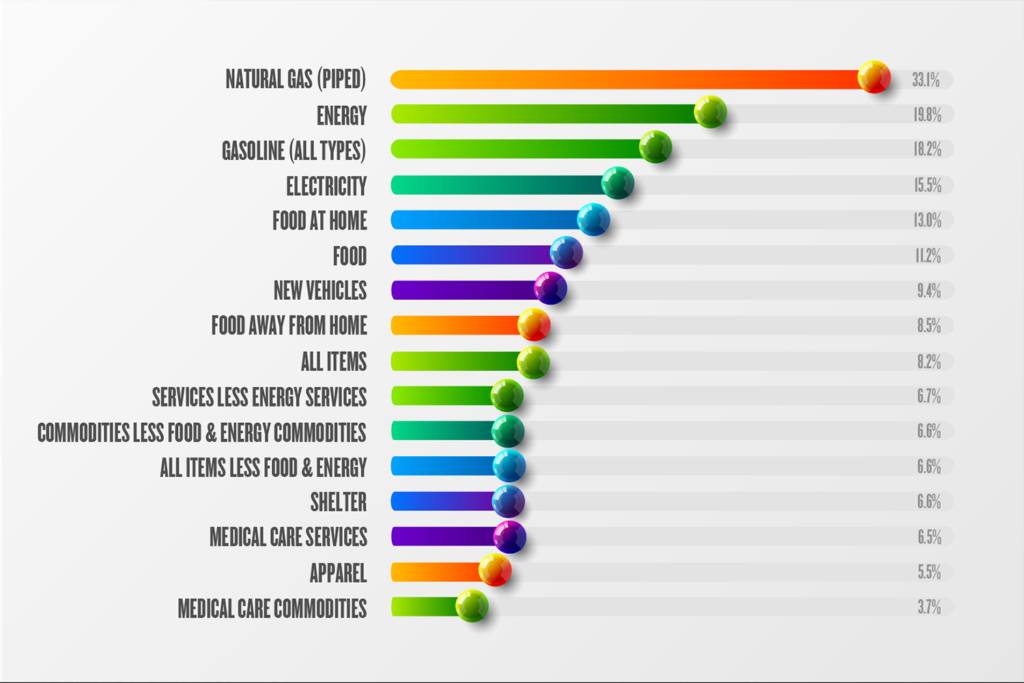
It is no secret money is tight for consumers and businesses alike. Effects of pandemic-induced inflation and supply chain issues linger years after they were supposed to be resolved. How did we get here? Stimulus checks during the temporary economic shutdown helped Americans and delayed the inevitable circumstances consumers are facing today. It is classic inflation: too much money chasing too few goods.
No individual or business is immune to rising prices. PCCA sees these effects through increased shipping costs, labor costs, and interest rate increases that hinder the ability to export cotton. Similarly, growers are hit by rising input costs across the board. Even though inflation does cause commodity prices to rise, producers’ bottom lines do not reflect it. So, the cotton may be worth more, but it does not mean anyone is making more money.
The Federal Reserve is the ultimate driver. It is responsible for anything that happens with monetary policy or regulating the financial system in the U.S. (cfr.org, 2022). The Fed adjusts the money supply during financial or economic problems, influencing consumer spending. Though it may seem as if the actions taken by the Fed in recent years are the first of their kind, the institution also employed similar measures during the financial crisis of 2008, also known as “The Great Recession.”
Will the Fed change interest rates for the sole purpose of slowing down purchasing? Yes. When consumer purchasing slows down, inflation can decelerate as the number of goods available increases. Consider the used car market. When loan interest rates were lower, car lots quickly emptied because manufacturers could not keep up with inventory demands. Those same lots have slowly started to fill up again because higher interest rates have discouraged consumers from making large purchases. The same effect can be seen in the housing and farm equipment sectors.
Recent data collected by Cotton Incorporated’s Inflation and Supply Chain Survey showed that 66% of consumers are very concerned about the economy. The top concerns are the prices and availability of everyday expenditures such as food and fuel. Respondents also shop differently by purchasing less of the items they want and finding deals through generic brands and lower-priced retailers. Unsurprisingly, 84% said supply chain shortages had impacted them, causing consumers to pay attention to retailer inventories (Cotton Incorporated Lifestyle Monitor, August 2022).
Is a recession the answer to calming high prices? Perhaps, but few want to experience an economic slowdown. It’s truly a dilemma for the Federal Reserve.


